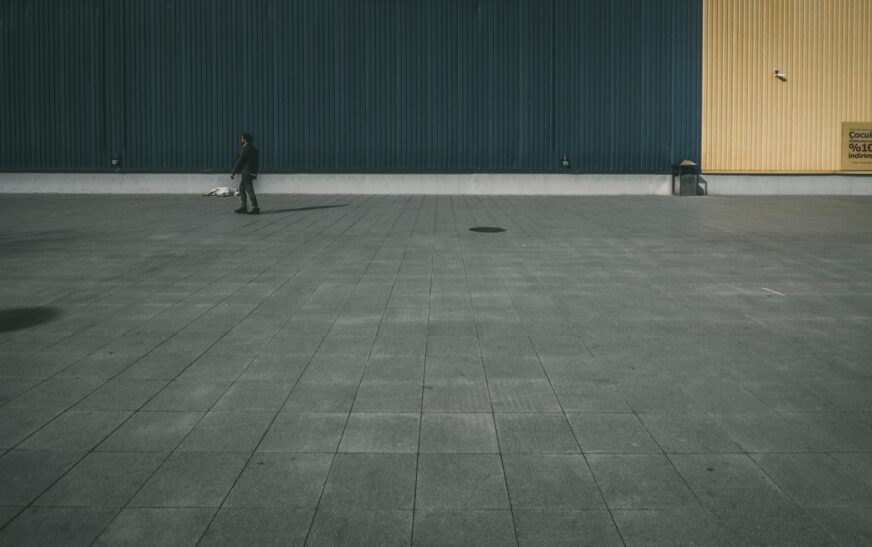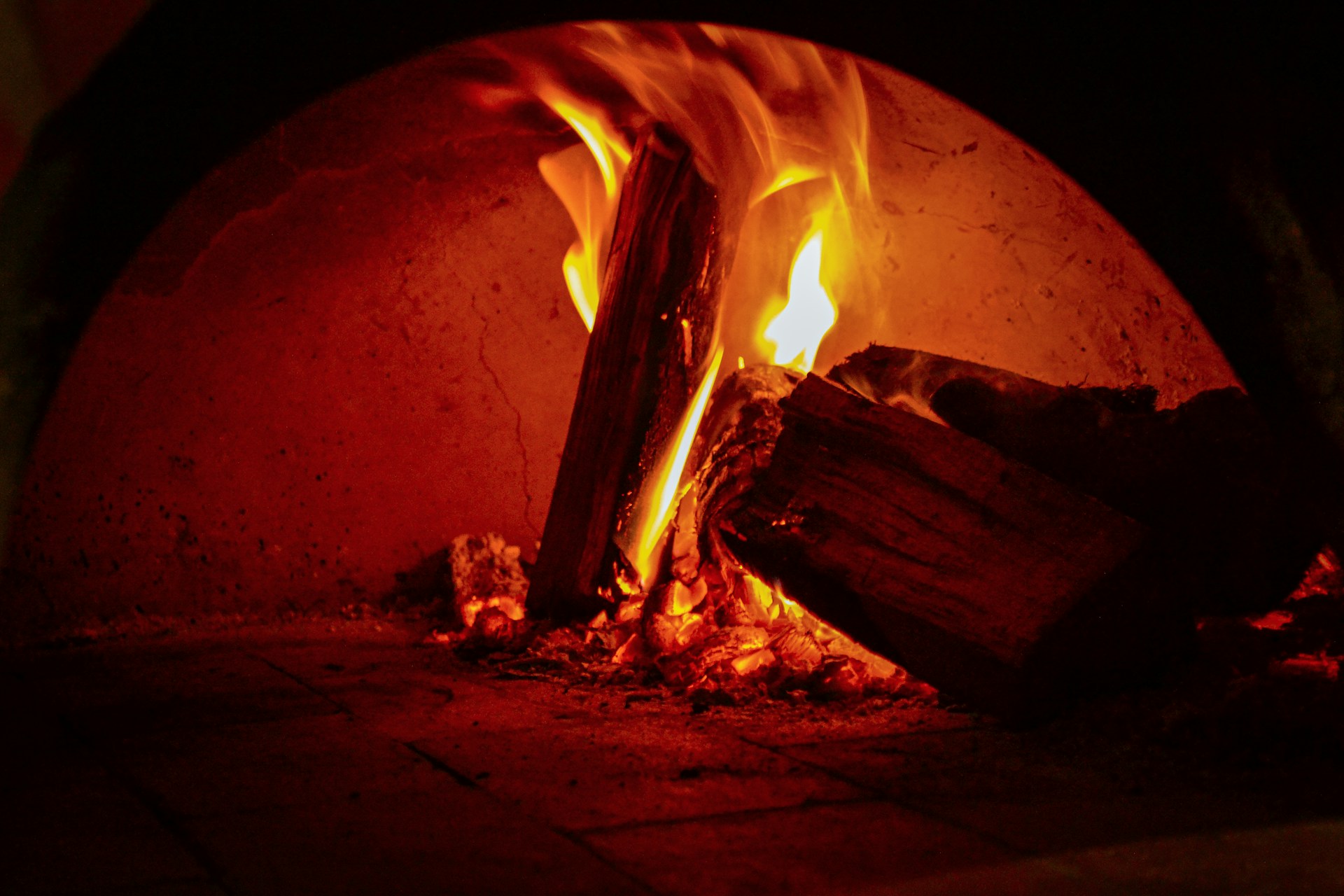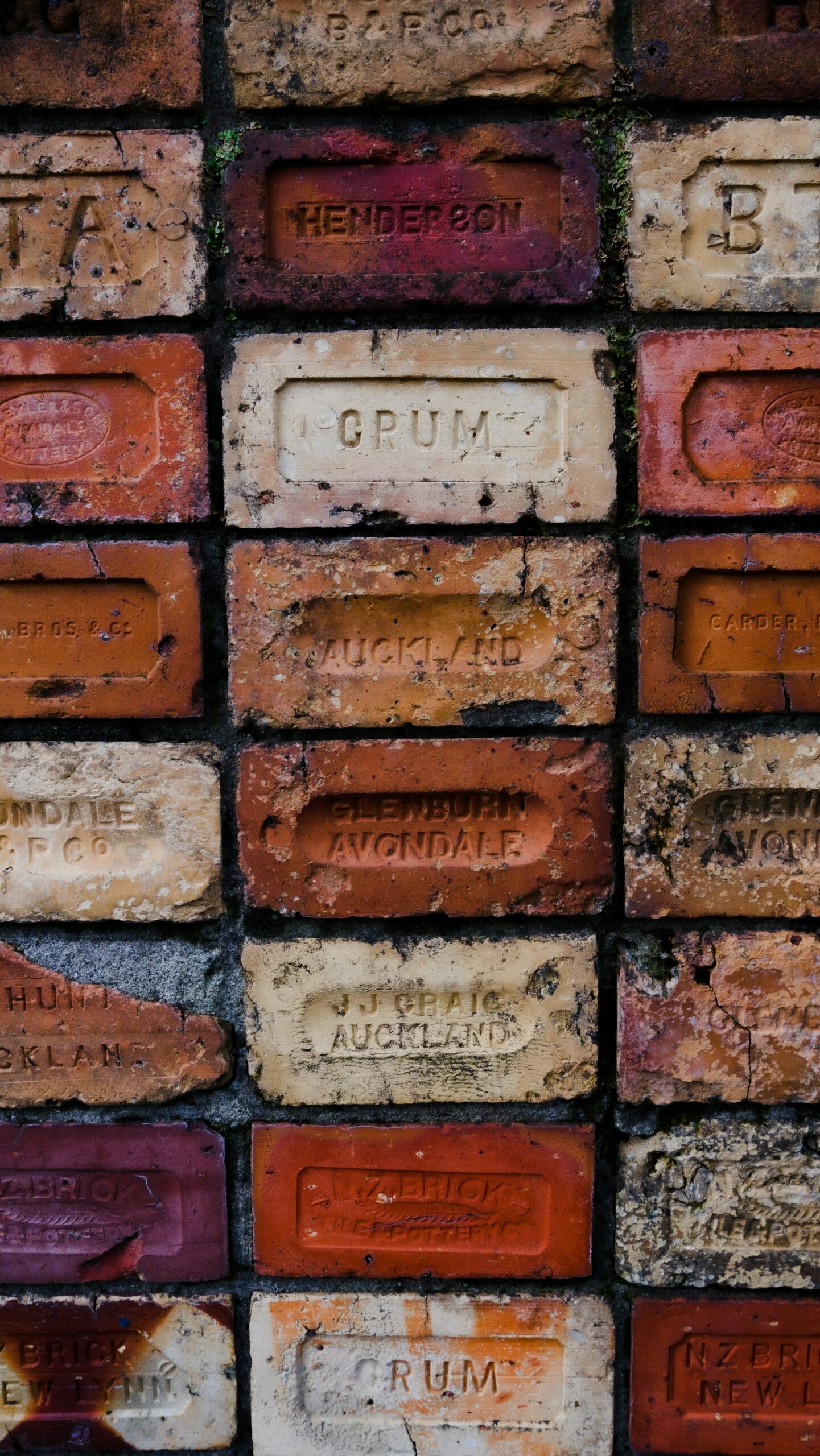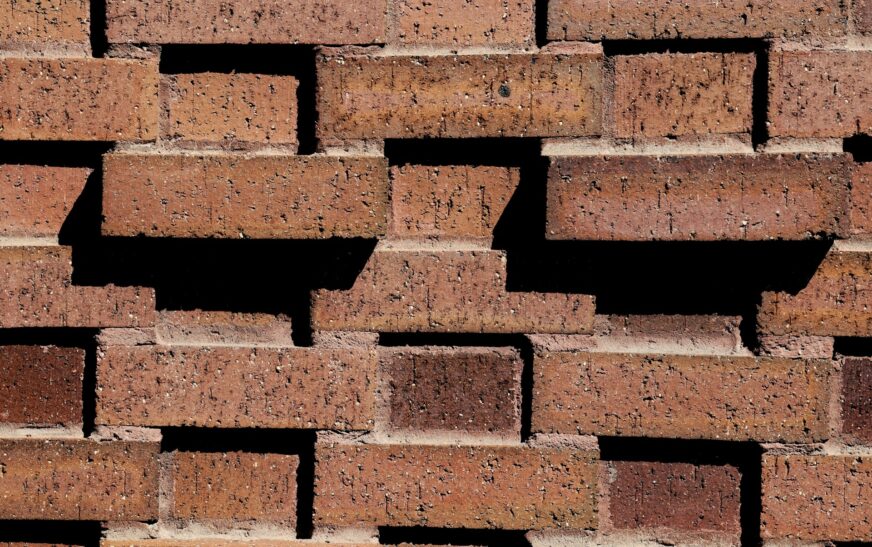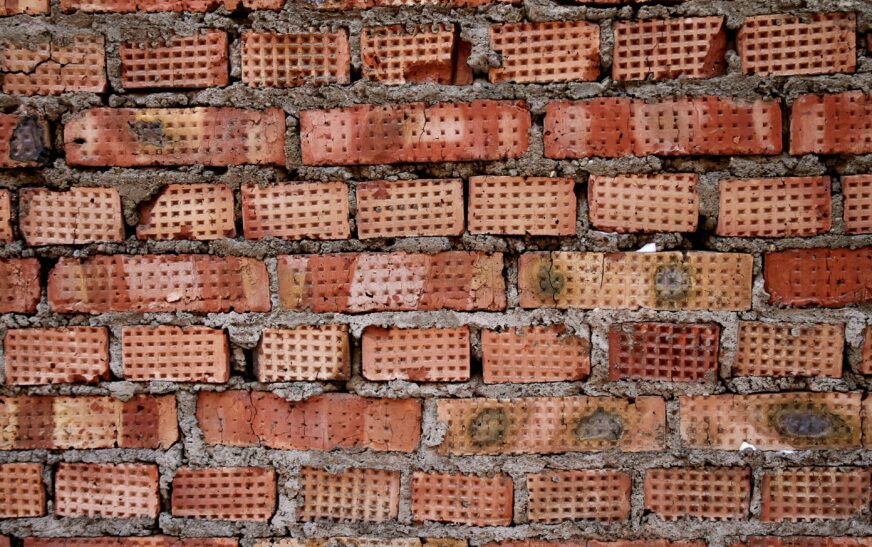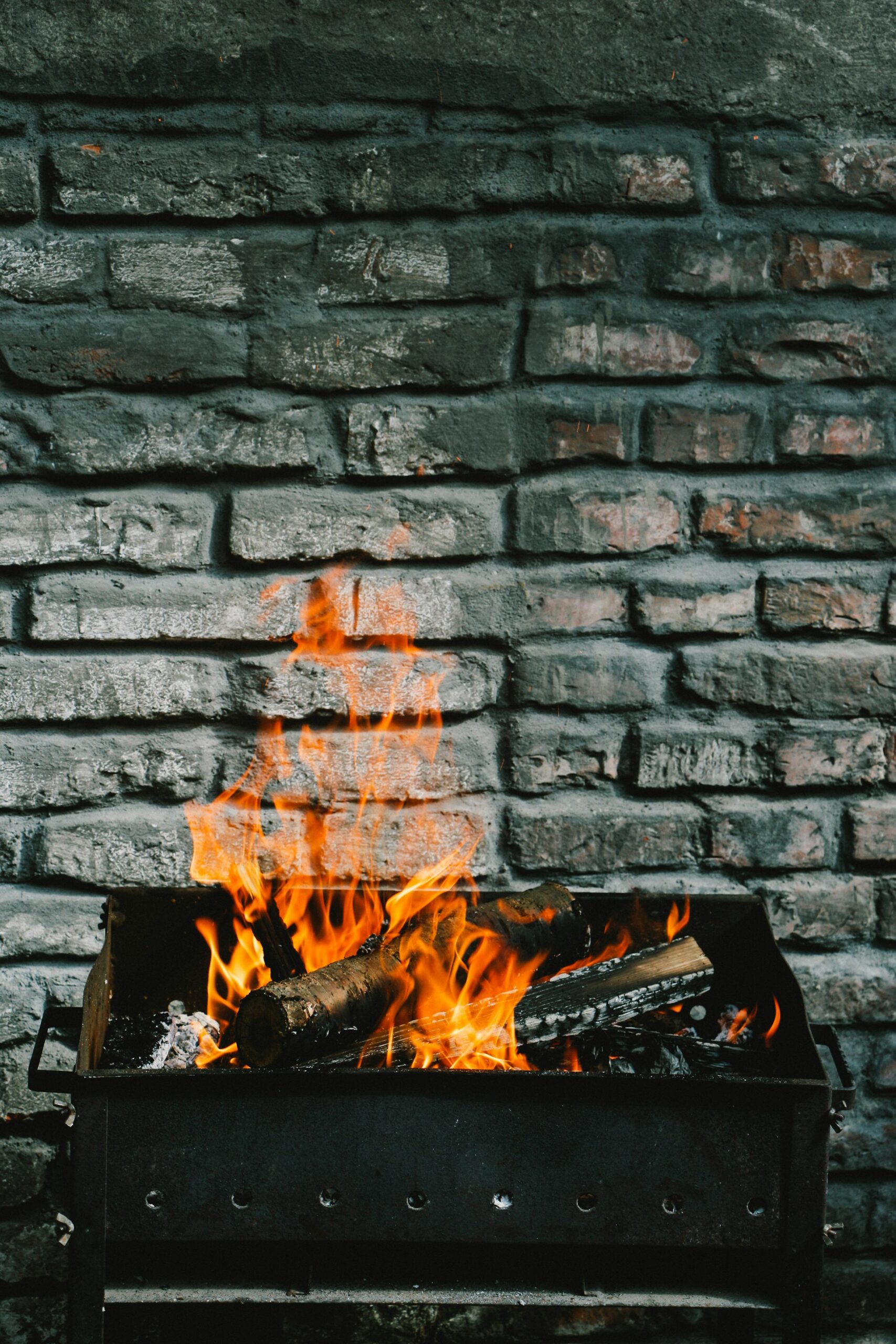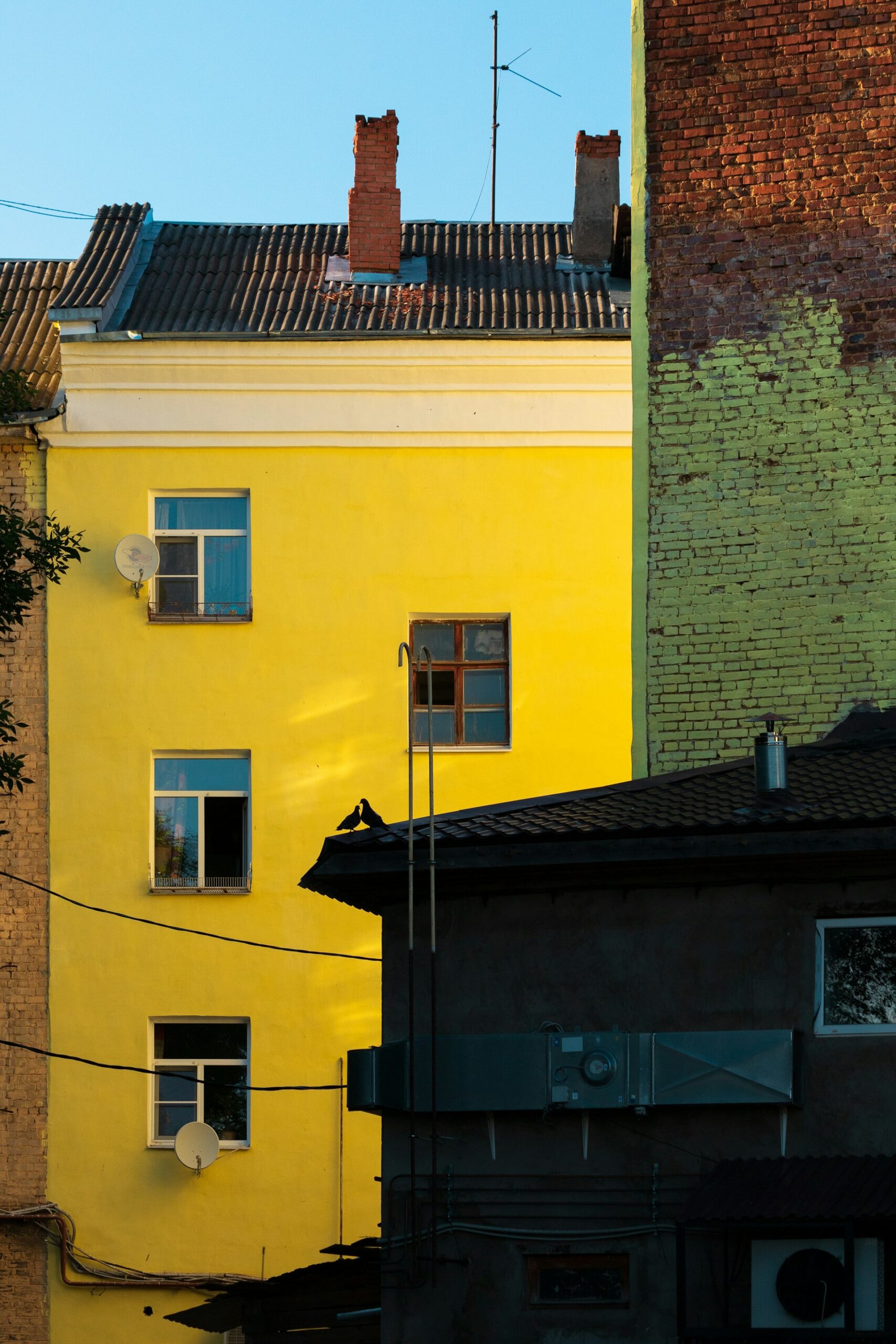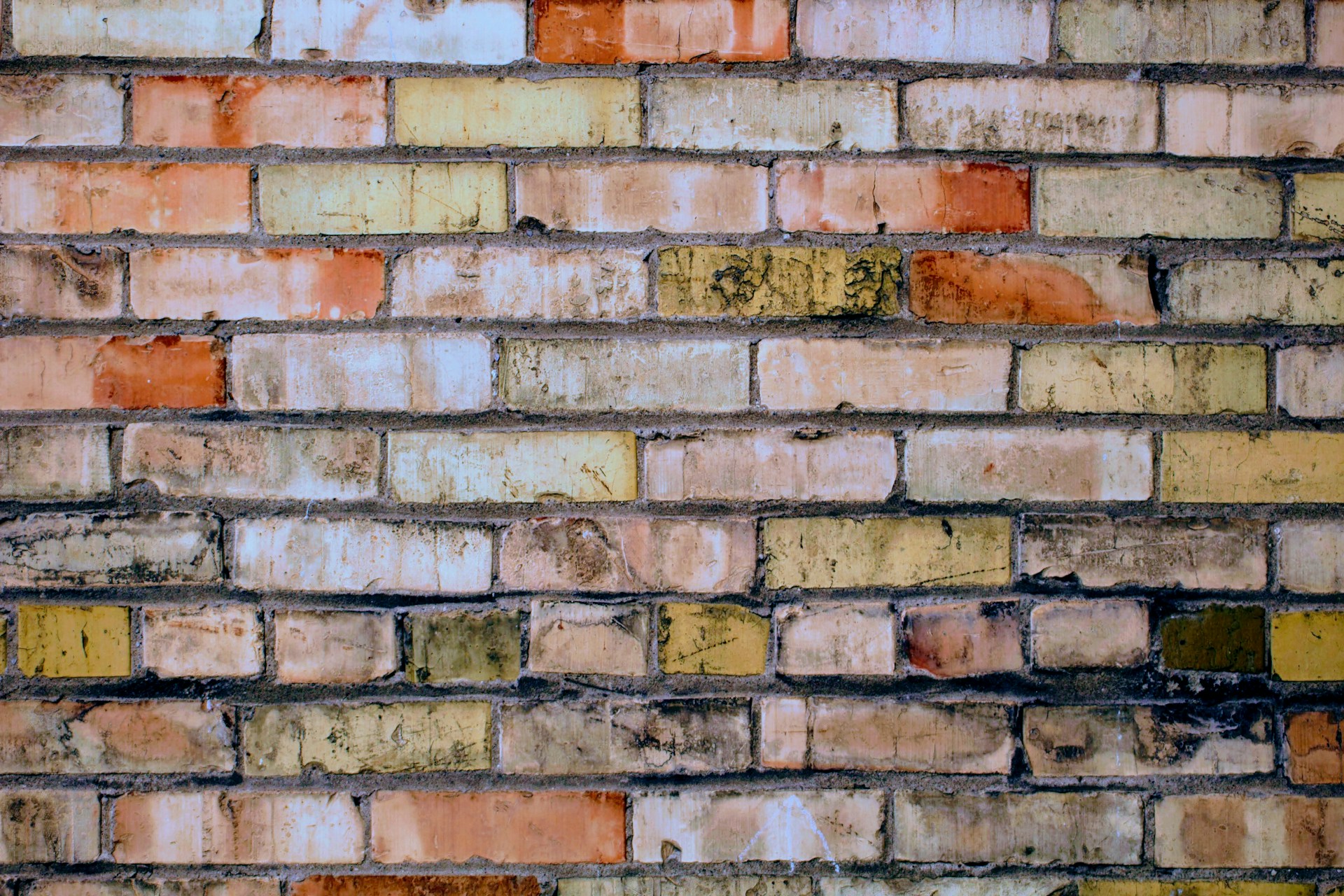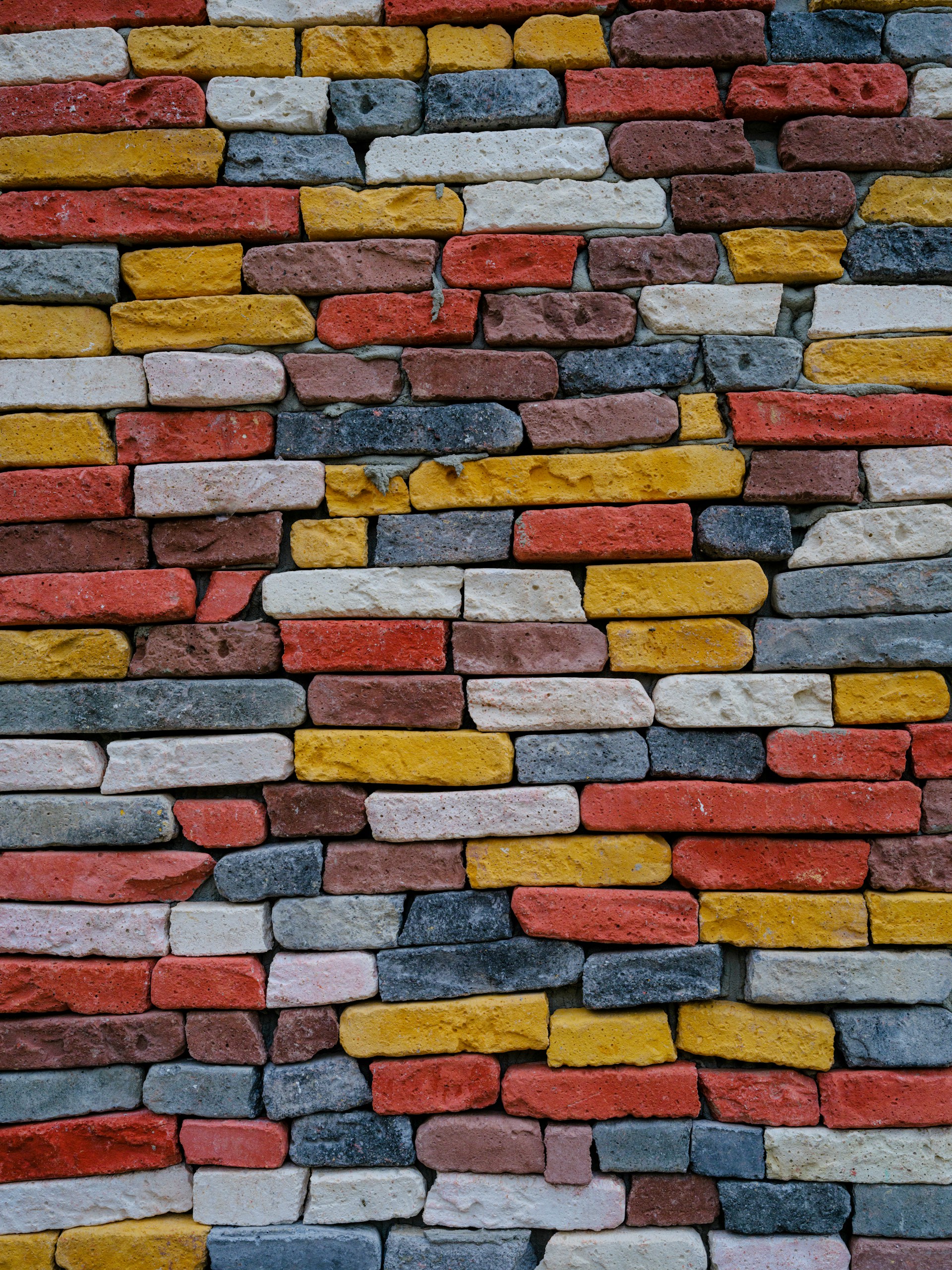Brick floors add timeless, rustic charm to both indoor and outdoor spaces. Their durability makes them ideal for kitchens, patios, entryways, and sunrooms. Yet, their porous, textured surface presents a unique challenge: keeping them clean. Unlike smooth tile or hardwood, brick easily traps dust, dirt, and stains.
With the right knowledge and techniques, you can keep your brick floors looking beautiful while preserving their integrity. This guide covers routine cleaning, deep cleaning, stain removal, sealing, and maintenance tips to ensure your brick floors last for years.
Understanding Brick Floors
Brick is made from clay fired at high temperatures, making it hard yet porous. That porosity contributes to its charm but also allows moisture, dirt, and stains to penetrate. Over time, spills can stain, dust can settle in grooves, and heavy traffic can dull the surface.
Unlike other flooring types, brick doesn’t respond well to harsh cleaners or excessive water. Proper care requires tools and products that clean effectively without damaging mortar joints or sealants.
Regular Cleaning for Brick Floors
Routine maintenance is key to long-lasting brick flooring:
- Sweeping or Vacuuming
Remove loose dirt daily with a stiff-bristled broom or a vacuum with a hard-floor attachment. This prevents debris from grinding into the brick. - Dry Mopping
Use a microfiber dust mop to pick up fine particles missed by sweeping. This is especially useful indoors where dust settles frequently. - Mild Damp Mopping
For deeper cleaning, use a damp (not wet) mop with warm water. Excess water can seep into the brick and mortar, causing long-term damage. Always wring the mop thoroughly before use.
Deep Cleaning Brick Floors
For high-traffic areas or stubborn grime, a more intensive clean may be necessary:
- Choosing the Right Cleaner
Opt for a pH-neutral cleaner. Avoid acidic solutions like vinegar, which can damage mortar, or strong alkaline detergents that leave residue. Specialized brick or stone cleaners work best. - Scrubbing by Hand
Use a soft- or medium-bristle brush to tackle tough spots. For outdoor bricks, a slightly stiffer brush is acceptable, but avoid anything abrasive indoors. - Rinsing Carefully
After scrubbing, remove residue with clean water using a damp cloth or light mop. Avoid over-wetting the surface.
Removing Stains from Brick Floors
Brick’s porous nature makes stains more likely, but different stains require different approaches:
- Grease and Oil: Sprinkle baking soda or cornstarch to absorb oils, brush away, then scrub gently.
- Mud: Allow mud to dry before sweeping or vacuuming. Wet mud can embed deeper into the brick.
- Organic Stains (Wine, Coffee): Use a poultice—a paste of cleaning agent and absorbent material like baking soda—to draw the stain out.
- Efflorescence: White, powdery mineral deposits can be removed with a stiff brush and pH-neutral cleaner.
Should You Seal Brick Floors?
Sealing fills the pores, making brick less prone to stains and dirt. It also adds a subtle sheen to enhance appearance.
- Benefits of Sealing: Easier cleaning, better stain resistance, and longer-lasting floors.
- Considerations: Some prefer the natural, matte look of unsealed brick. If sealed, reseal every few years to maintain protection.
Tips for Maintaining Brick Floors
- Use Rugs and Mats: Place doormats at entrances and area rugs in high-traffic zones to minimize dirt.
- Wipe Spills Immediately: Quick cleanup prevents stains from penetrating.
- Avoid Harsh Chemicals: Stay away from bleach, ammonia, or acidic cleaners that erode brick and mortar.
- Maintain Mortar Joints: Check joints regularly to prevent water penetration and structural damage.
- Regular Inspection: Look for cracks, loose mortar, or discoloration to address issues early.
Read More : How Much Does It Cost to Tuckpoint 30 Bricks?
Common Mistakes to Avoid
Ignoring Sealant Maintenance: Sealants must be reapplied as recommended, or protection is lost.
Over-Saturating the Floor: Excess water can cause long drying times and moisture issues.
Skipping Sweeping Before Mopping: Dirt left on the surface can grind into brick during mopping.
Using Wire Brushes Indoors: These can scratch and permanently damage indoor brick floors.

